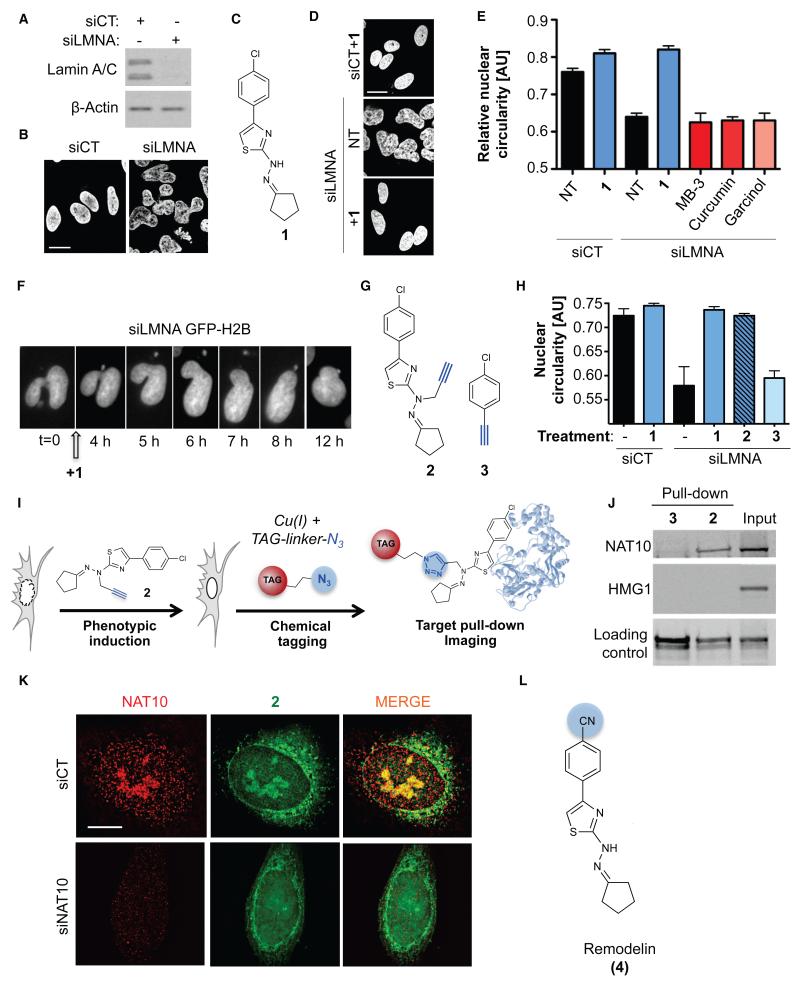Figure 1. A small molecule restores nuclear shape in Lamin A/C depleted cells and targets the acetyltransferase NAT10.
A) Lamin A/C depletion (siLMNA) in U2OS cells compared to negative control (siCT). B) Nuclear shape observed by DAPI staining. C) Molecular structure of 4-(4-chlorophenyl)-2-(2-cyclopentylidenehydrazinyl)thiazole (1). D) Nuclear shape rescue observed by DAPI staining after treatment with 1. E) Quantification of nuclear circularity in non-treated (NT) cells or cells treated with the indicated compounds (means of three independent experiments with n>212 ± s.d.). F) Live imaging pictures of nuclear shape rescue in GFP-H2B expressing U2OS cells transfected with siLMNA and treated with 1. G) Molecular structure of clickable analogue 2 and clickable inactive control molecule 3. H) Quantification of U2OS nuclear circularity (means of three independent experiments with n>224 ± s.d.) I) Principle of click-chemistry strategy for small molecule tagging. J) Pull-down of clickable molecules 2 and 3 pre-incubated in U2OS cells and analysis of bound proteins. K) Representative high-resolution microscopy pictures of NAT10 (red) and fluorescently labeled 2 (green) in control or NAT10 depleted cells (siNAT10). Scale bars: 10 μm. L) Molecular structure of Remodelin (4), a stable and more potent analog of 1.

